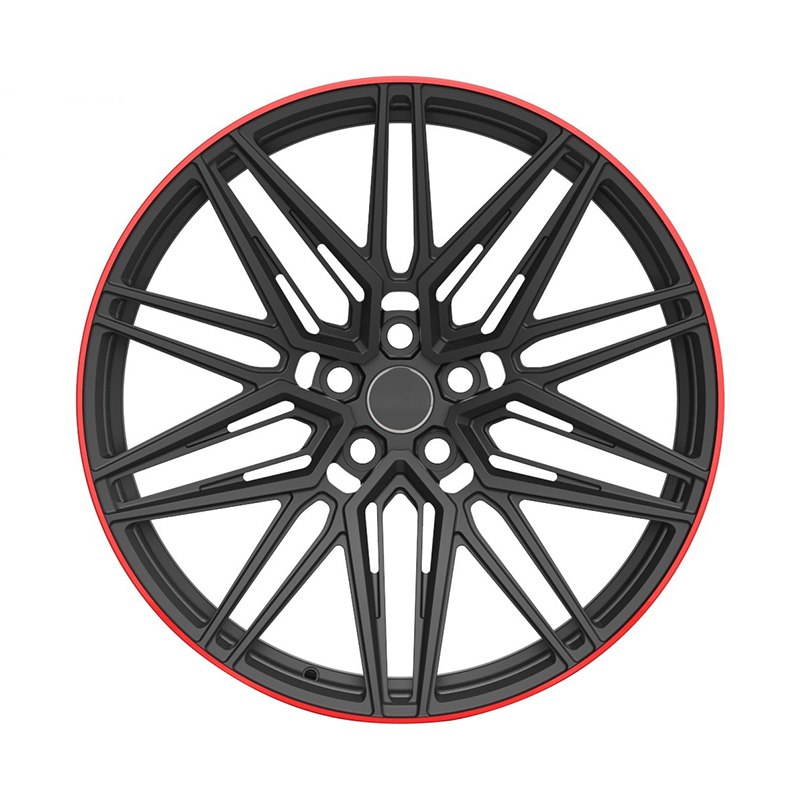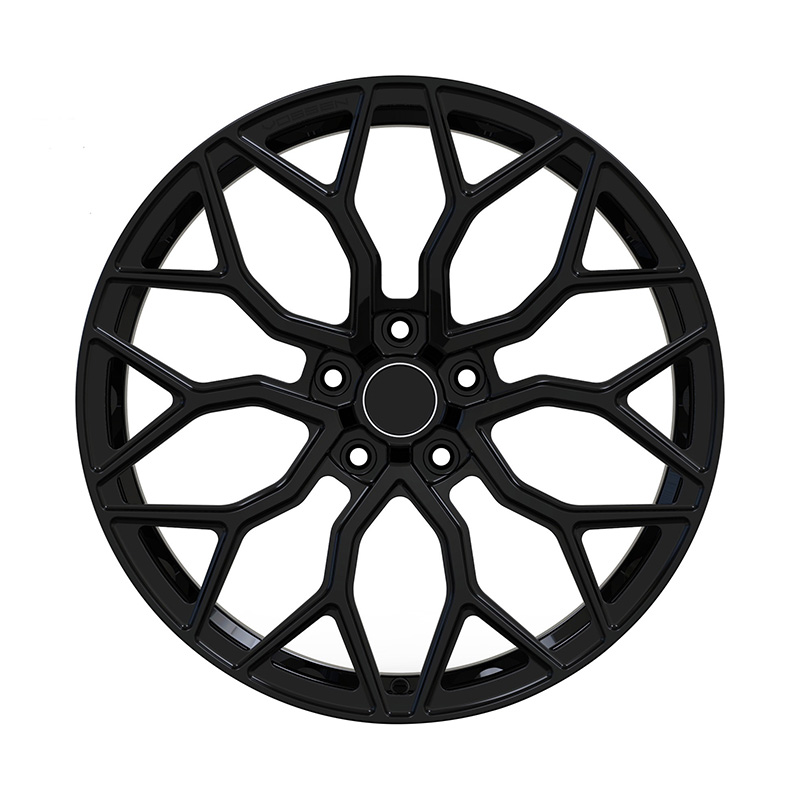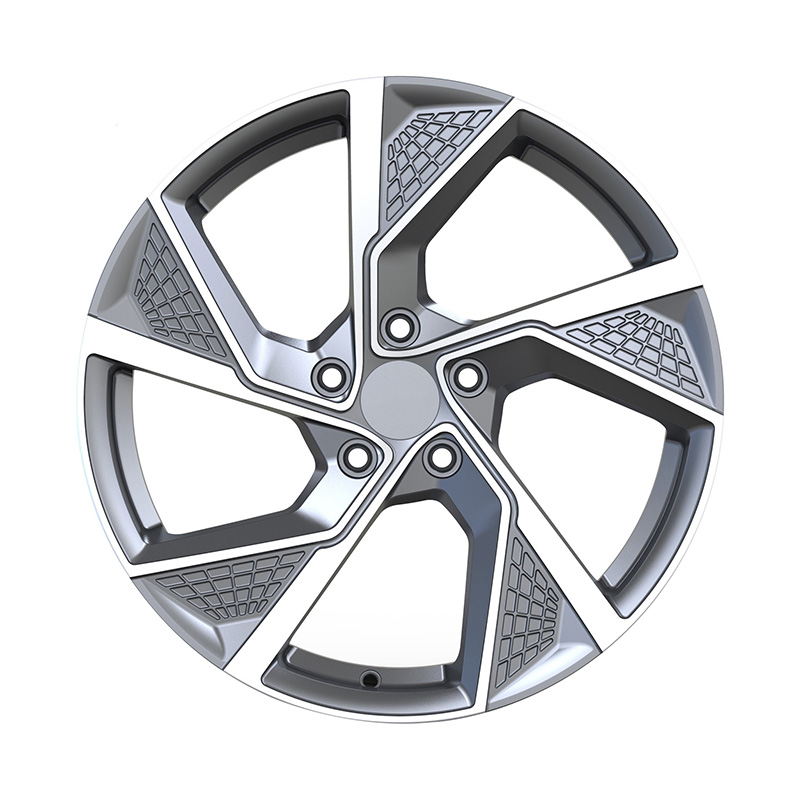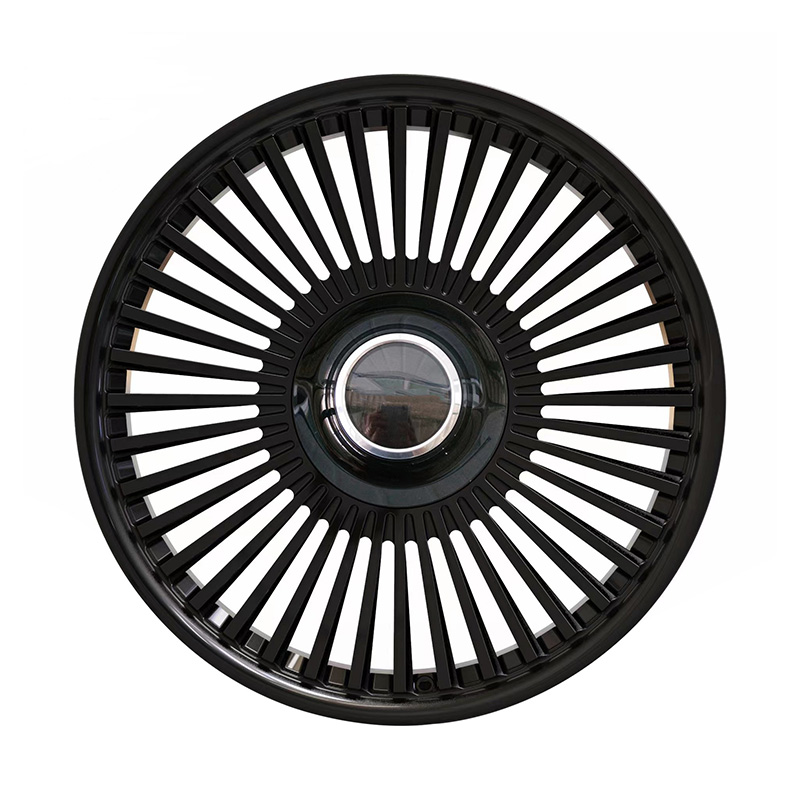
Submit
Submit feedback
Forged Wheels and the Evolution of Off-Road Vehicle Modification
2025-05-21
Off-road vehicles have undergone tremendous evolution over the past century, shaped by both functional demands and enthusiasts'passion for pushing the boundaries of performance. Among the many aspects of vehicle modification, wheel technology has played a pivotal role—especially the development of forged wheels. Their emergence and adoption mark a significant chapter in off-road vehicle history, combining engineering precision with performance benefits.
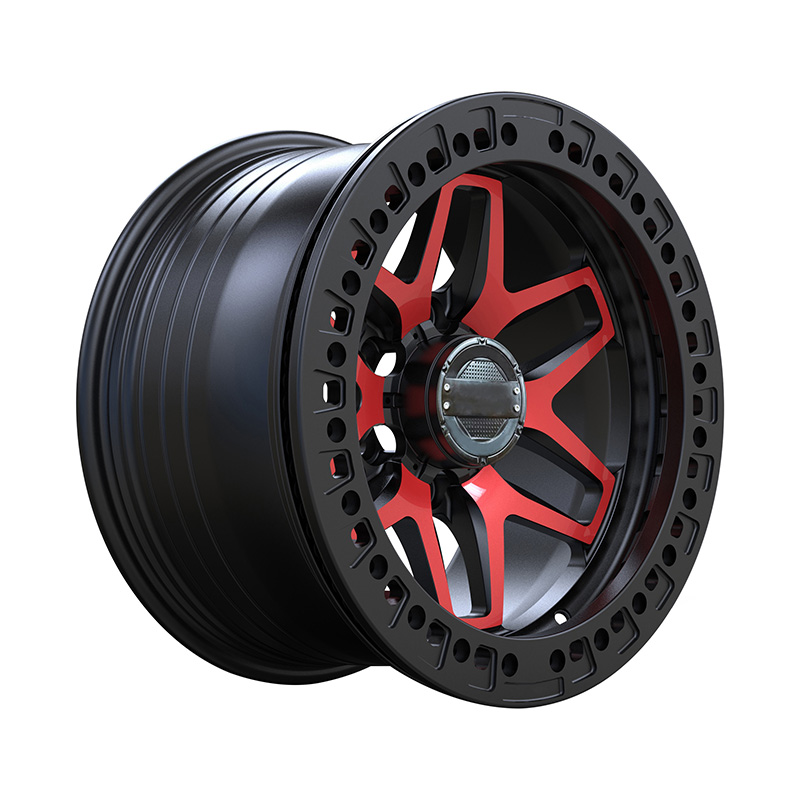
The Roots of Off-Road Modification
The concept of off-road travel predates the commercial automobile. As early as the 1900s, military and exploratory missions required vehicles capable of traversing unpaved terrain. Manufacturers responded with robust designs, including four-wheel drive systems, higher ground clearance, and reinforced suspension components. These early adaptations laid the foundation for what would later become civilian off-road vehicles, such as the Jeep CJ and Land Rover Series I.
As recreational off-roading gained popularity in the post-WWII era, especially in regions like North America and Australia, enthusiasts began to modify vehicles for better trail performance. Larger tires, stronger axles, and reinforced body parts became commonplace. However, wheels themselves—critical to the interaction between vehicle and terrain—remained mostly steel-based for decades.
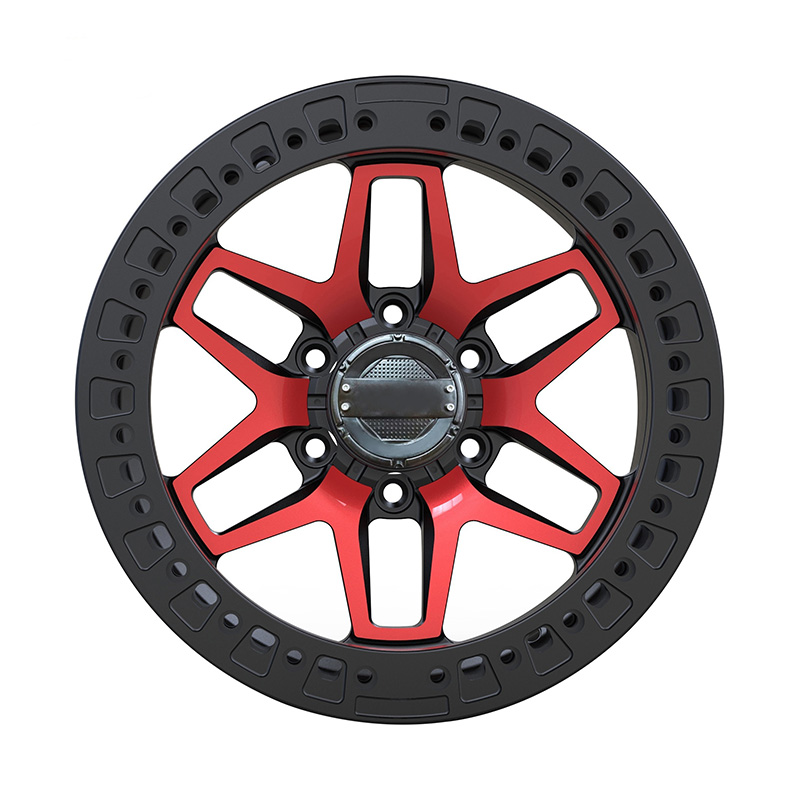
The Shift Toward Performance Wheels
Steel wheels, while cost-effective and strong, were also heavy and offered limited design flexibility. As off-road sports like rock crawling, desert racing, and overlanding grew, so did the demand for lighter and more efficient components. By the 1970s and 1980s, alloy wheels made from cast aluminum began to gain traction. These wheels provided weight savings, improved heat dissipation, and allowed for more diverse styles, although they were not always as durable under extreme stress.
It was in this landscape that forged wheels began to emerge as a premium alternative, particularly in motorsports and high-performance road vehicles. Forging, a process involving compressing metal under extreme pressure to align its internal grain structure, results in wheels that are stronger than cast counterparts. While initially limited by high production costs, forged wheels began to appear in specialized off-road applications where performance gains justified the expense.
The Emergence of Forged Wheels in Off-Roading
The introduction of forged wheels into off-road vehicles can be traced to competitive racing environments like the Baja 1000, Dakar Rally, and King of the Hammers. In these high-stakes events, wheel failure could mean not only losing the race but also risking safety. The superior strength-to-weight ratio of forged wheels helped reduce unsprung mass, enhancing suspension performance and vehicle handling—an invaluable advantage on rough terrain.
As manufacturing technology advanced, forging processes became more accessible. CNC machining allowed for precise customization, and new alloys improved both strength and corrosion resistance. Off-road enthusiasts, inspired by racing innovation, began incorporating forged wheels into their own builds, especially in rock-crawling and expedition-style vehicles where reliability and durability are paramount.
Practical Advantages in Everyday Off-Road Use
Beyond performance, forged wheels bring practical benefits to recreational users. The reduced weight improves fuel efficiency, an important consideration for long overland trips. Additionally, their structural integrity provides peace of mind in remote areas where wheel damage can become a serious issue. With increased interest in off-grid travel, many vehicle owners now choose forged wheels as part of comprehensive upgrades that include suspension lifts, snorkels, roof tents, and winches.
It is also worth noting that the aftermarket support for off-road vehicles has grown significantly. Manufacturers now offer forged wheels specifically designed for trucks, SUVs, and even crossover vehicles, featuring bolt patterns, offsets, and load ratings suited to modern demands. The industry has recognized that users want both performance and style, leading to a wide array of forged wheels that blend rugged function with visual appeal.
Cultural and Aesthetic Influences
Beyond engineering, the rise of forged wheels reflects broader cultural trends in vehicle personalization. Off-road culture—spanning everything from weekend trail rides to professional competitions—prizes individuality. Forged wheels, with their ability to be tailored in terms of design, finish, and color, offer enthusiasts a way to express their identity while upgrading their vehicles'capabilities.
recommend products
-
Zhenlun Multi Spokes Split Monoblock Forged Wheels Bronze With Silver Lip Edge
-
Zhenlun Matt Black With Red Lip Monoblock Forged Wheels
-
Zhenlun Gloss Black Monoblock Forged Wheels Gloss Black For Sports Car
-
Zhenlun Monoblock Forged Wheels Lightgrey With Machined Face
-
Zhenlun Monoblock Forged Wheels Gloss Black Dense Multi Spoke

 0
0




